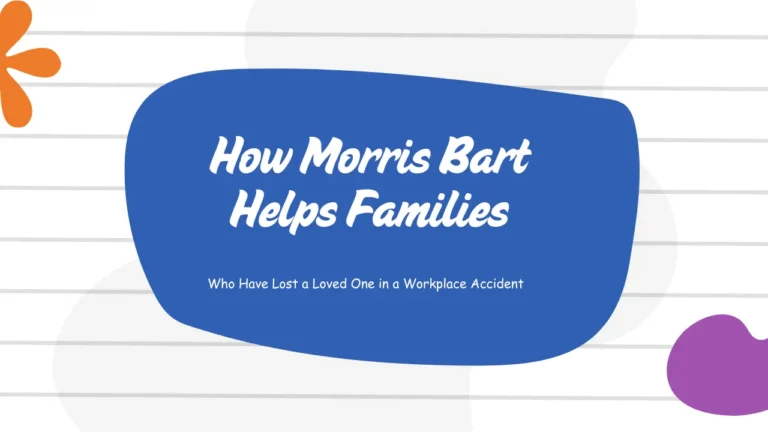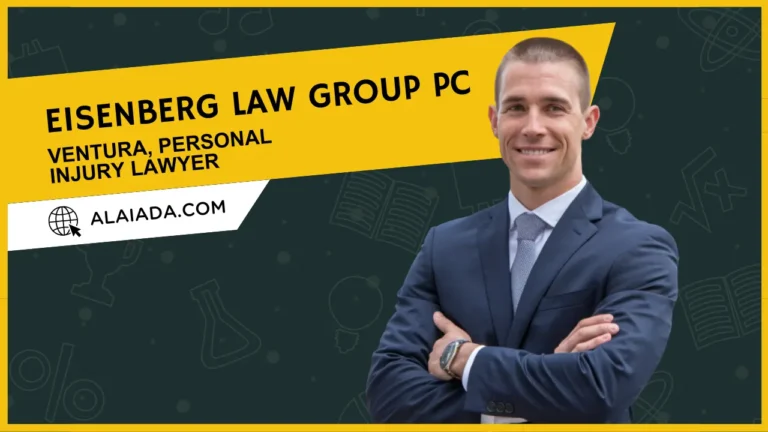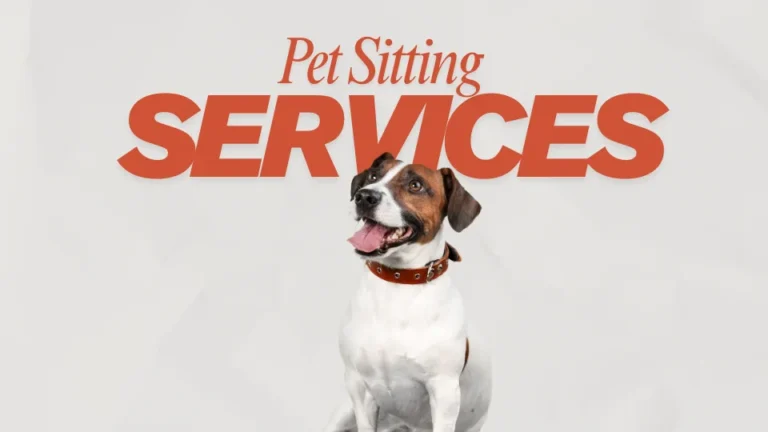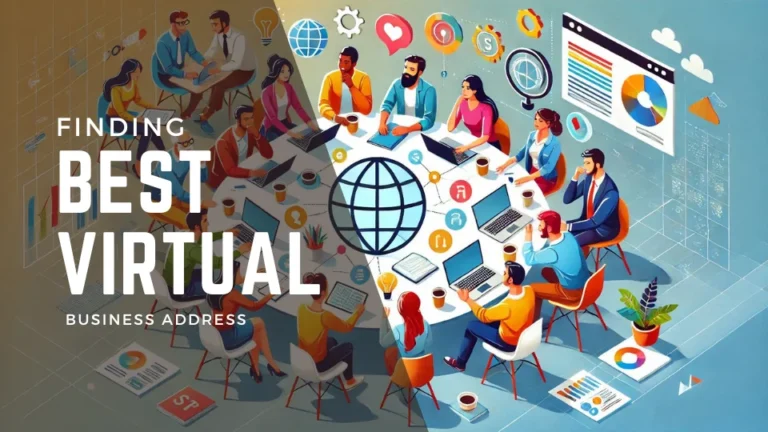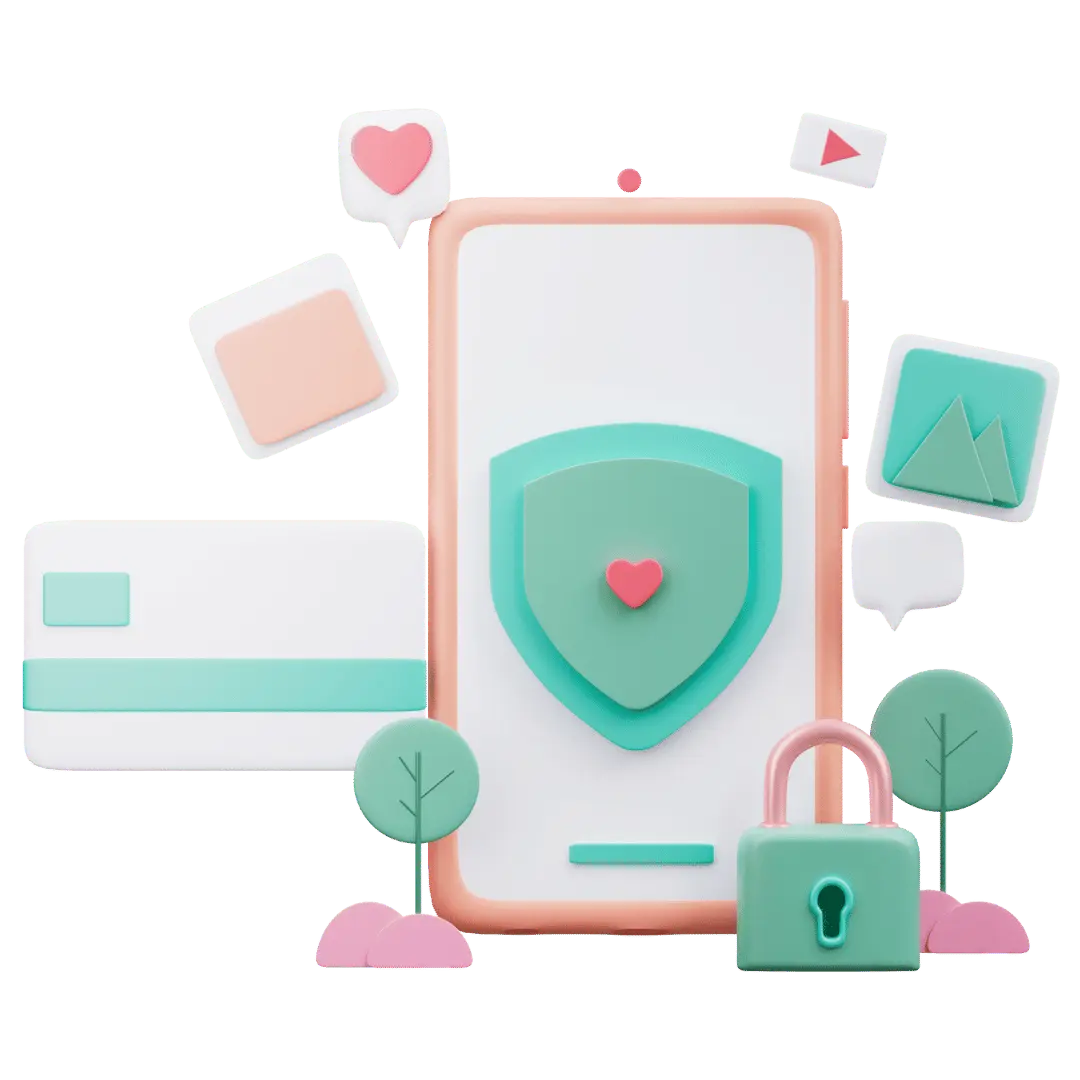Why This Two-Way Radio Works Without a License or Monthly Subscription
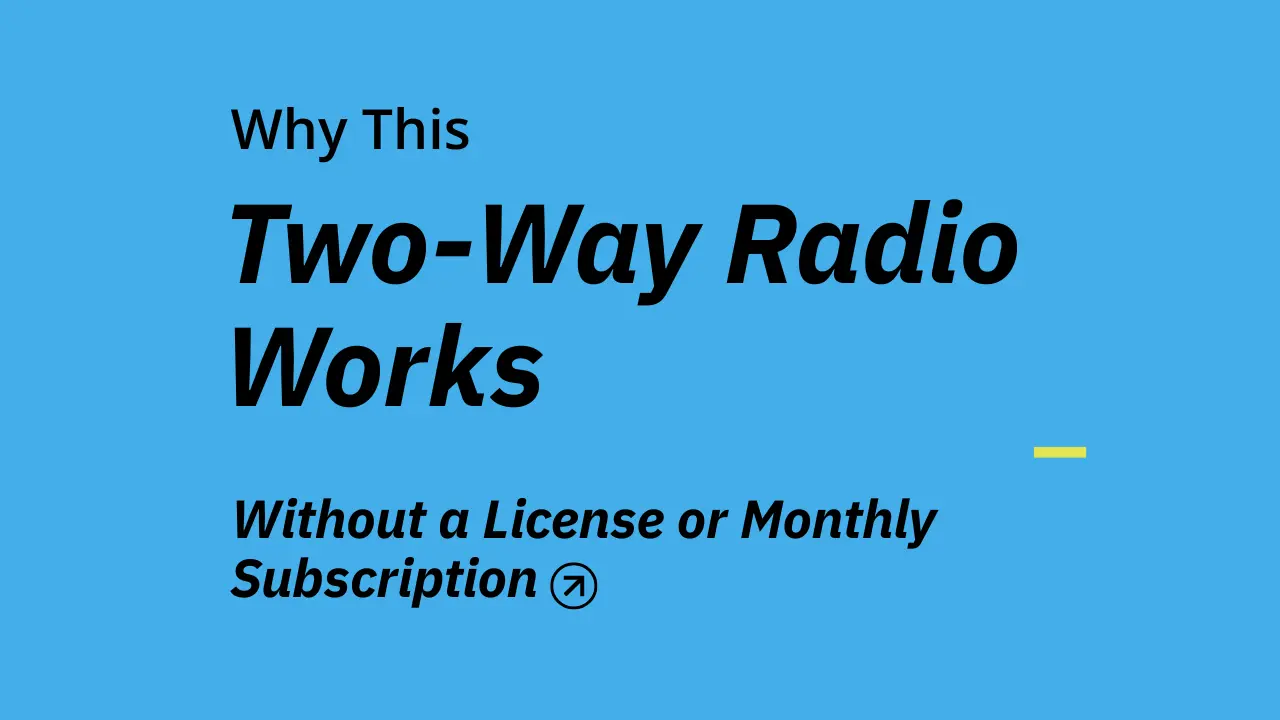
That’s the promise behind a new kind of two-way radio that doesn’t ask you to jump through licensing hoops or sign up for yet another subscription.
And no, it’s not too good to be true. It’s just finally catching up to what today’s teams actually need: clear, simple, reliable communication.
Wait, Don’t You Need a License to Use a Two-Way Radio?
In many cases—yes. That’s been the catch for decades.
Traditional UHF/VHF radios, especially commercial-grade ones, often require FCC licensing to operate legally in the U.S. That involves paperwork, frequency coordination, annual renewals, and sometimes thousands of dollars in fees. Oh, and don’t forget the wait time.
But here’s the plot twist: not all two-way radios rely on those frequency bands anymore.
Some have gone cellular. Some use Wi-Fi. And some bypass the old model entirely by operating over private LTE channels with zero need for FCC licenses—or ongoing monthly charges.
How It Works: Push-to-Talk, But Smarter
This isn’t a walkie-talkie from the camping aisle. It’s a modern LTE-based two-way radio with:
- No FCC licensing required
- No monthly subscription or SIM card billing
- Nationwide coverage out of the box
How? Because it uses a private LTE platform that connects devices without forcing you into the cellular carrier ecosystem. You don’t pay a Verizon or AT&T bill. You don’t need to activate a line. Everything’s built in—and paid once.
But… What’s the Catch?
Honestly? There isn’t one.
There’s no recurring payment model because the hardware includes lifetime access to the push-to-talk network. That means:
– No surprise charges
– No annual contract renewals
– No sneaky “per-user” licenses
You buy the radio. It works. It keeps working.
(What a concept, right?)
Why Go Subscription-Free?
Simple: Because not every organization wants to manage a tech stack full of fees, SIMs, and renewals.
This radio is perfect for:
- Schools and campuses needing internal communication without IT headaches
- Security teams that operate in multiple zones but don’t want to mess with carriers
- Warehouses, hospitality staff, and event crews that need reliable voice, not costly overhead
- Churches, construction crews, and nonprofits who need predictable costs—forever
In other words: It’s built for teams that just want to press a button and go.
What About Range?
Here’s the kicker: because it’s not using short-distance radio waves, this two-way radio works across cities, states—even coast to coast. Anywhere there’s LTE coverage, your team is connected.
So no more “I’m out of range” excuses from your crew on the far side of the site—or the other side of town.
Built to Work. Built to Last.
No, you’re not sacrificing durability for convenience.
Two-way radio is rugged, weather-resistant, and ready for abuse. It’s built for real-world environments where people don’t gently cradle their gear.
And because it’s not running full smartphone apps or exposed to the open internet, it’s safer, faster, and more focused than trying to duct-tape a communication system onto a bunch of phones.
When It Makes the Most Sense
This radio isn’t trying to be all things to all people. It’s not for gamers or for streaming TikTok in the breakroom. But if you need voice-first communication that:
- Works across long distances
- Doesn’t require licenses or subscriptions
- Cuts through noise instantly
- Stays predictable in your budget
Then it’s probably the last radio you’ll need to buy for a while.
Wrap-Up: Ditch the Dead Zones—and the Bills
We’ve been conditioned to believe every tool comes with a monthly fee. A license. A renewal. A login portal.
But sometimes, tech gets it right.
Push the button. Say the thing. Get it done.
No fees. No friction. Just communication that finally makes sense.


